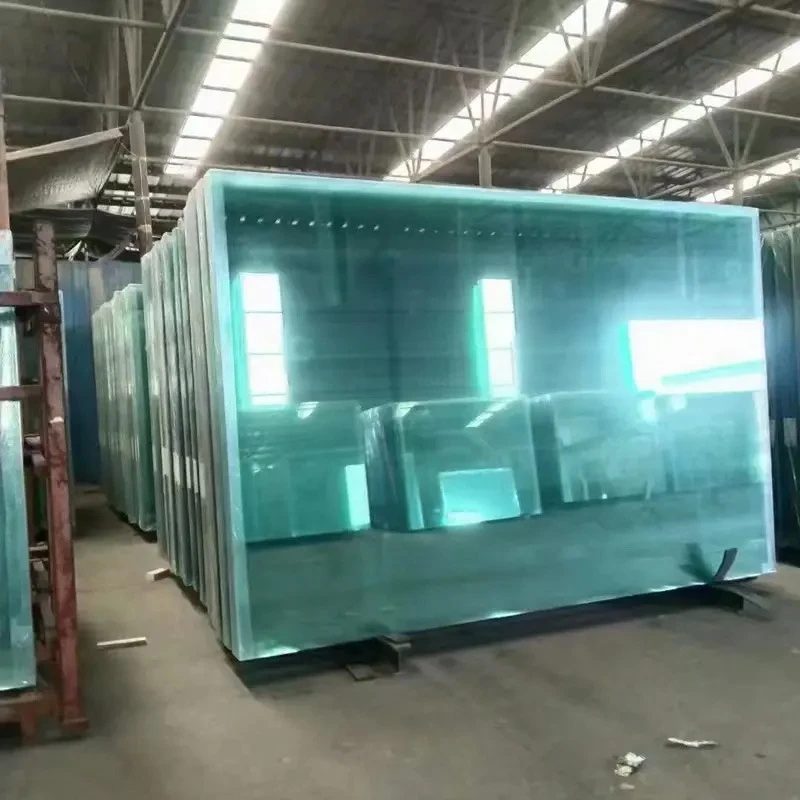The Importance of Clear Glazing in Modern Architecture
In the realm of modern architecture, clear glazing has become a fundamental element that significantly influences both aesthetics and functionality. As building designs evolve to embrace natural light and outdoor views, clear glazing stands out as a key material that bridges the indoor and outdoor environments. This article delves into the various aspects, benefits, and applications of clear glazing in contemporary architecture.
Understanding Clear Glazing
Clear glazing refers to the transparent glass used in windows, doors, and facades, allowing for unobstructed views and maximum light penetration. Typically made from float glass, this type of glazing is free from any tint or reflective coatings, giving it a crystal-clear appearance. It can be used in various forms, including single, double, and triple glazing options, each offering different levels of insulation and energy efficiency.
Aesthetic Appeal
One of the primary reasons architects and designers gravitate towards clear glazing is its aesthetic appeal. It creates a sense of openness, making spaces appear larger and more inviting. Large glass panels can be strategically placed to frame picturesque views, turning the surrounding landscape into an integral part of the interior design. Moreover, clear glazing enables the use of natural light, which enhances the ambiance and creates a warm, welcoming atmosphere.
Energy Efficiency
In addition to its beauty, clear glazing can contribute to energy efficiency when combined with advanced technologies. For instance, double and triple-glazed panels are designed to mitigate heat loss, keeping indoor environments comfortable throughout various seasons. Low-emissivity (Low-E) coatings can also be applied to clear glazing, reflecting infrared light while allowing visible light to pass through, further reducing energy consumption. By optimizing thermal performance, buildings can achieve lower energy bills and a reduced carbon footprint.
Enhancing Indoor Comfort
clear glazing
Natural light is essential for human well-being, positively impacting mood and productivity. Clear glazing maximizes daylighting, decreasing the need for artificial lighting during the day. Studies have shown that workplaces with abundant natural light can improve employee satisfaction and performance. Furthermore, clear glazing can help regulate indoor temperatures, contributing to overall comfort and reducing reliance on heating and cooling systems.
Applications in Various Sectors
Clear glazing is versatile and can be utilized in various sectors, including residential, commercial, and institutional buildings. In residential designs, large sliding glass doors and expansive windows are often employed to blur the boundaries between indoor and outdoor living. In commercial spaces, clear glazing is favoured for its ability to showcase products, drawing customers into retail environments. Educational and healthcare facilities also benefit from the incorporation of clear glazing, as these spaces require ample daylight to foster a conducive learning or healing atmosphere.
Sustainability Considerations
As sustainability becomes increasingly important in architectural design, clear glazing plays a crucial role. Many manufacturers are innovating in this field by producing environmentally friendly glass options, such as recycled materials or those that are produced with lower energy consumption. Moreover, clear glazing is often a component of green building certifications, such as LEED (Leadership in Energy and Environmental Design), as it can contribute to energy conservation and improved indoor environmental quality.
Challenges and Solutions
Despite its many advantages, there are challenges associated with clear glazing. Privacy can be a significant concern in densely populated areas or multi-unit buildings. However, various options are available to address this issue, such as frosted glass, shades, or smart glazing technologies that can switch between transparent and opaque states. Additionally, the potential for solar heat gain can be managed through proper building orientation, shading devices, and advanced glazing systems.
Conclusion
Clear glazing has become an essential component of modern architecture, blending aesthetic appeal with practical benefits. Its ability to enhance natural light, improve energy efficiency, and foster indoor comfort makes it a preferred choice for architects and builders alike. As technology continues to advance, the potential for clear glazing to evolve further will undoubtedly contribute to creating sustainable and visually stunning spaces for future generations. In essence, clear glazing not only serves as a physical barrier but also as a conduit between the architectural structure and the natural environment, promoting a harmonious coexistence in the built world.
 Afrikaans
Afrikaans  Albanian
Albanian  Amharic
Amharic  Arabic
Arabic  Armenian
Armenian  Azerbaijani
Azerbaijani  Basque
Basque  Belarusian
Belarusian  Bengali
Bengali  Bosnian
Bosnian  Bulgarian
Bulgarian  Catalan
Catalan  Cebuano
Cebuano  Corsican
Corsican  Croatian
Croatian  Czech
Czech  Danish
Danish  Dutch
Dutch  English
English  Esperanto
Esperanto  Estonian
Estonian  Finnish
Finnish  French
French  Frisian
Frisian  Galician
Galician  Georgian
Georgian  German
German  Greek
Greek  Gujarati
Gujarati  Haitian Creole
Haitian Creole  hausa
hausa  hawaiian
hawaiian  Hebrew
Hebrew  Hindi
Hindi  Miao
Miao  Hungarian
Hungarian  Icelandic
Icelandic  igbo
igbo  Indonesian
Indonesian  irish
irish  Italian
Italian  Japanese
Japanese  Javanese
Javanese  Kannada
Kannada  kazakh
kazakh  Khmer
Khmer  Rwandese
Rwandese  Korean
Korean  Kurdish
Kurdish  Kyrgyz
Kyrgyz  Lao
Lao  Latin
Latin  Latvian
Latvian  Lithuanian
Lithuanian  Luxembourgish
Luxembourgish  Macedonian
Macedonian  Malgashi
Malgashi  Malay
Malay  Malayalam
Malayalam  Maltese
Maltese  Maori
Maori  Marathi
Marathi  Mongolian
Mongolian  Myanmar
Myanmar  Nepali
Nepali  Norwegian
Norwegian  Norwegian
Norwegian  Occitan
Occitan  Pashto
Pashto  Persian
Persian  Polish
Polish  Portuguese
Portuguese  Punjabi
Punjabi  Romanian
Romanian  Russian
Russian  Samoan
Samoan  Scottish Gaelic
Scottish Gaelic  Serbian
Serbian  Sesotho
Sesotho  Shona
Shona  Sindhi
Sindhi  Sinhala
Sinhala  Slovak
Slovak  Slovenian
Slovenian  Somali
Somali  Spanish
Spanish  Sundanese
Sundanese  Swahili
Swahili  Swedish
Swedish  Tagalog
Tagalog  Tajik
Tajik  Tamil
Tamil  Tatar
Tatar  Telugu
Telugu  Thai
Thai  Turkish
Turkish  Turkmen
Turkmen  Ukrainian
Ukrainian  Urdu
Urdu  Uighur
Uighur  Uzbek
Uzbek  Vietnamese
Vietnamese  Welsh
Welsh  Bantu
Bantu  Yiddish
Yiddish  Yoruba
Yoruba  Zulu
Zulu 

